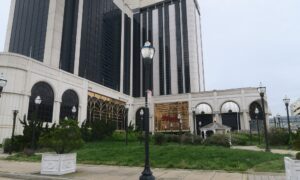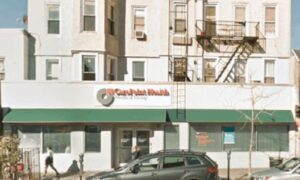Grand Central Terminal is a New York masterpiece. Being a born and raised New Yorker, Grand Central has always been a place I have visited frequently. Whether traveling the 4 train to Yankee games, connecting to other subway lines or meeting clients for coffee in the terminal, it’s a destination that cannot be missed.
Grand Central Terminal has become more than just a transit hub. The Apple store is located in the terminal along with numerous food courts throughout the location.
It’s a real estate marvel. In fact, one of my favorite restaurants, Grand Central Oyster Bar, is located beneath the main floor, a place where Woodrow Wilson dined frequent during the beginning of the twentieth century. Additionally, one of the freshest fish markets in Manhattan can be found in the terminal. It’s the only place my Grandmother will purchase her fish.
Many people may not realize, this facility is actually the third installment of Grand Central Terminal. The original Grand Central Depot was built in 1871 by shipping and railroad magnate, Cornelius Vanderbilt. It served as a hub for a number of railroad lines entering Manhattan. The complex, which stretched in an “L” shape along 42nd Street and is now Vanderbilt Avenue included storage yards and a balloon shed where passengers boarded and departed trains. The railroads quickly outgrew the Depot.
In 1900, the second Grand Central Terminal was opened. Unfortunately, in 1902, a train collision killed 17 people. As steam locomotives were banned, this new station was developed to focus exclusively on electric trains.
The new Grand Central Terminal officially opened on February 2, 1913. More than 150,000 people turned out to celebrate opening day. The building took 10 years to complete and cost an estimated $150 million to build, although different sources state varied amounts.
By the 1940s, more than 40 percent of the U.S. population traveled through Grand Central every year. During World War II, millions of servicemen traveled through Grand Central on their way to and from the front. Due to the importance of a transit hub for soldiers throughout the war, rhe Nazi’s devised a scheme to destroy Grand Central. Fortunately, that plan was thwarted.
During the same era, Track 61, was built as an underground connection between Grand Central and the nearby Waldorf-Astoria hotel. This allowed Franklin Delano Roosevelt to travel to and from New York in secrecy—for his own secret meetings in New York and to shield him the publics knowledge of his Polio.
In 1975, well-known architect Marcel Breuer, devised a plan to re-develop Grand Central Terminal, despite its Landmark status. Just years earlier Penn Station was demolished in 1964 and left a bad taste in the minds of New Yorkers.
With the help and advocacy of Jacqueline Onassis Kennedy in the mid-1970’s, the United States Supreme Court Grand upheld the Terminals right to remain a landmark property, ending any bids for a major redevelopment.
Today, Grand Central Terminal covers 48 acres and has 44 platforms more than any other railroad station in the world. It is one of the world’s ten most visited tourist attractions, with 21.9 million visitors in 2013, excluding train and subway passengers. 750,000 people pass through the station every day.
From a Real Estate perspective, owning a residential or commercial property near Grand Central can be a great investment. It’s located in the heart of midtown Manhattan and convenient for many jobs in New York City. The United Nations is also nearby making this a destination for many foreigners that visit Manhattan each year. This increases demand for both rental apartments or pied a terre living. Many international buyers purchase in this area.
There is also a host of new office development in the Grand Central terminal vicinity, including 1 Vanderbilt a nearly two millionn square foot project nearby.
Grand Central Terminal is one of my favorite properties in all of Manhattan. I hope you enjoy this video. Please contact me for any real estate needs at garayrealestate@gmail.com







